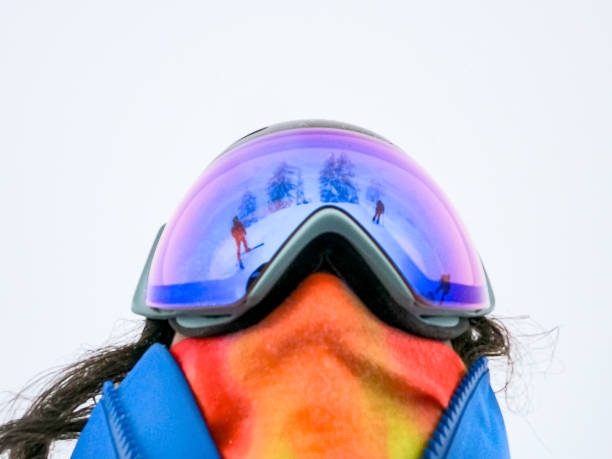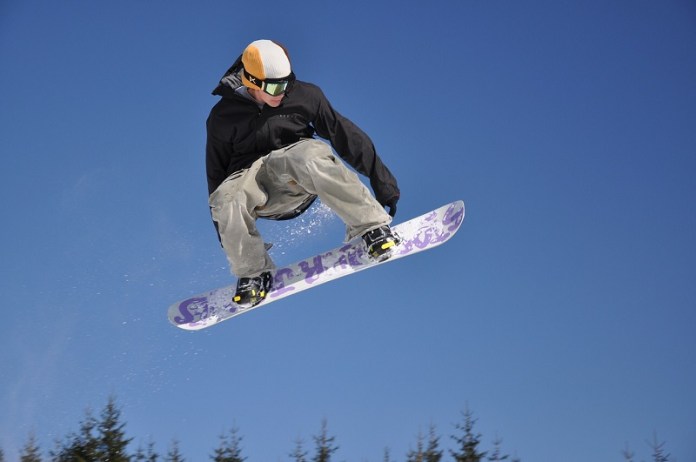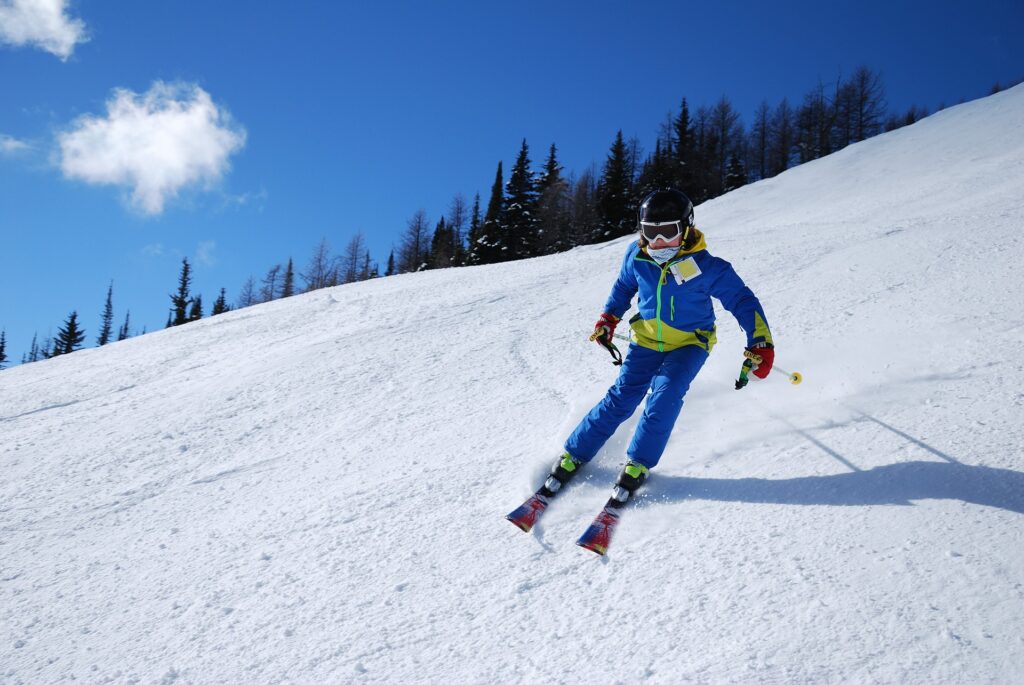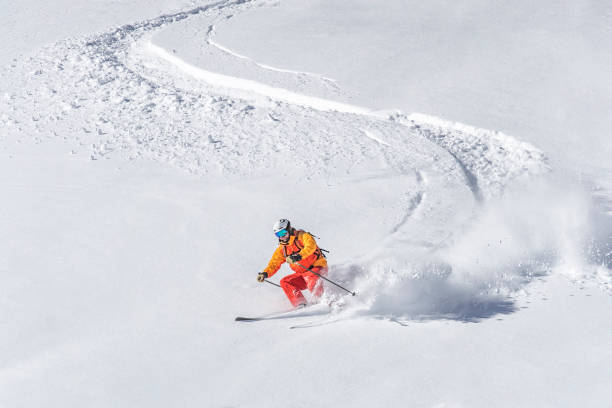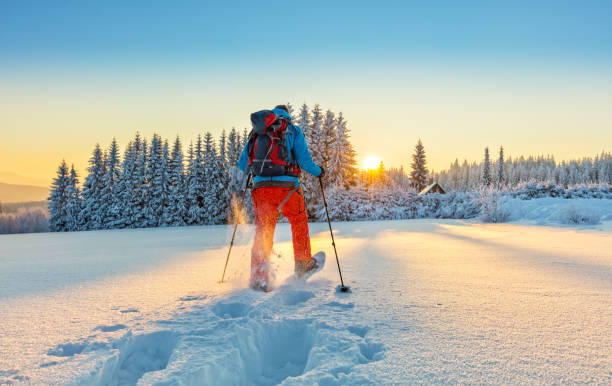When planning a cross-country skiing trip or event, choosing the right attire is crucial, as it endures as much strain as your body in this sport. The ideal outfit should shield you from extreme weather conditions and also prevent your body from becoming excessively hot.
Clothes need to keep you warm while moving sweat away from your body so the key to dressing successfully for this sport is to layer your clothing to create insulation without the weight of bulky clothes slowing you down.

The Base Layer
For your underwear, you need to make sure it’s all 100 percent polyester because it moves the moisture of sweat away from contact with your skin. Once you have the right underwear you need to wear an effective base layer.
Ideally, the base layer needs to be made of polyester as well and it should be tight fitting to your body. If you are skiing in windy or very cold conditions, choose one which has an extra layer of protection at the front.
For your feet, aim for polyester socks or if your feet get cold you can choose a wool and polyester blend. You can experiment with wearing two pairs of thinner socks or warmer thick socks as long as your feet aren’t too tight in your boots. And of course, don’t forget your ski boots.

The Middle Layer
The middle layer is to keep your upper body warm and could be a fleece or jacket but again, should be made of polyester to keep the sweat away from your body. If the temperature is fairly warm then one middle layer is enough, but if it’s very cold or you feel cold, then use two layers.
For this layer, you can use jumpers or tops which you already have in your wardrobe as long as they are made of the right kind of fabric that won’t cause you to become too sweaty or too hot while skiing. Go for thin layers rather than any kind of very bulky jumpers or fleeces.

The Outer Layer
For the outer and final layer of clothing, avoid very thick or bulky jackets as these could cause you to overheat when cross-country skiing. Aim for breathable skiing jackets and snow pants and make sure they are big enough to fit over your other layers comfortably.
Examples include a soft water jacket that is water-resistant and needs to be breathable at the same time. This will allow your sweat to move away from your body without overheating you.
If the weather is bad then you will need a second waterproof windbreaker that you can put on if required, one that fits in your backpack is ideal but make sure it’s still breathable material before buying it.
For pants, go for a lightweight stretchy material that is not cotton, for example, polyester jogging pants or leggings are perfect as you can move freely due to the stretch. You could also try specially designed cross country skiing pants which tend to have weatherproof areas on the front and back, for when the weather is particularly nasty.

Hats and Gloves
It’s very important to keep your body heat regulated so wearing a hat and ski gloves can help to keep you warm without the risk of sweat so go for polyester wool blends for the fabric. If it’s really cold you can go for thin gloves and hats worn in layers as this is more effective than thicker fabrics.
Make sure your hat can be secured in some way as you don’t want it blown off in windy conditions. You should also go for waterproof but breathable options during bad weather as a wet hat and gloves will make you cold.
You may also like: The Best Ski Poles in 2021 – Top Reviews

Ski goggles or sunglasses
It’s important to include the right level of eye protection in your outfit to protect against sunlight, whether directly or from the snow reflection. Make sure you also protect your face with appropriate sunscreen as well, because this is a genuine risk despite the cold temperatures. Ski goggles will also give that extra level of protection.

Conclusion
When dressing for cross country skiing many people make the mistake of putting on clothes that are too warm, which can cause them to overheat and reduces performance. Dressing well in light layers of the right fabric will help to keep you at the right temperature and help to improve your performance.
It’s best to be a little cold at the beginning because you will soon warm up as you start your workout. It will take time and practice to work out what you are most comfortable in and how many layers to wear.
Another tip is to make sure that your clothing fits snugly, throughout the layers. Avoid loose clothing because it will reduce your ability to move comfortably and also risk getting caught in the elements around the course.
